The Magic Castle in Hollywood California is a clubhouse by, for and of magicians and lovers of magic illusion. Started in 1963 by Milt Larsen and his brother Bill, the Magic Castle is the clubhouse of The Academy of Magical Arts, a non-profit organization dedicated to preserving and furthering the art of magic around the world.
Every year at Halloween, a select group of volunteers ("The Boo Crew") revamp the clubhouse for that one week into a themed adventure that varies annually. Past themes have included Monster Mansion, where we did areas devoted to classic horror movies around the Castle interior, Frightmare and HorrorVision 4D, where we did more modern scary things, and in 2015 it was Sleepy Hollow, where we got to riff on the famous Washington Irving story. For 2016, the selected theme was La Dia de los Muertos, which isn't really a scary thing per se, but it is kinda Halloween-y and we got to do some really fun things with that theme.
The Boo Crew starts planning many months in advance of Halloween in order to have time to build things for the big week. The haunt-making has been getting more elaborate over time, with the addition of video and audio environments, animatronic FX triggered by proximity detectors and hidden RF remote switches, and lately we've been going crazy with RFID gags.
One thing intrinsic to La Dia de los Muertos is altars to deceased loved ones. Since The Magic Castle is a clubhouse of magicians, we figured it would be fun to build altars to some of our favorite late magicians, and that was how this project, a tribute to Harry Houdini, was conceived by Rachael Wagner who went on to create most all of the non-electronic parts of our Houdini altar. Electronic hardware design was by me, scubabear (aka Alan McFarland), software programming was Shiloh Madsen and altar construction & carpentry was by Colin Beck.
 scubabear
scubabear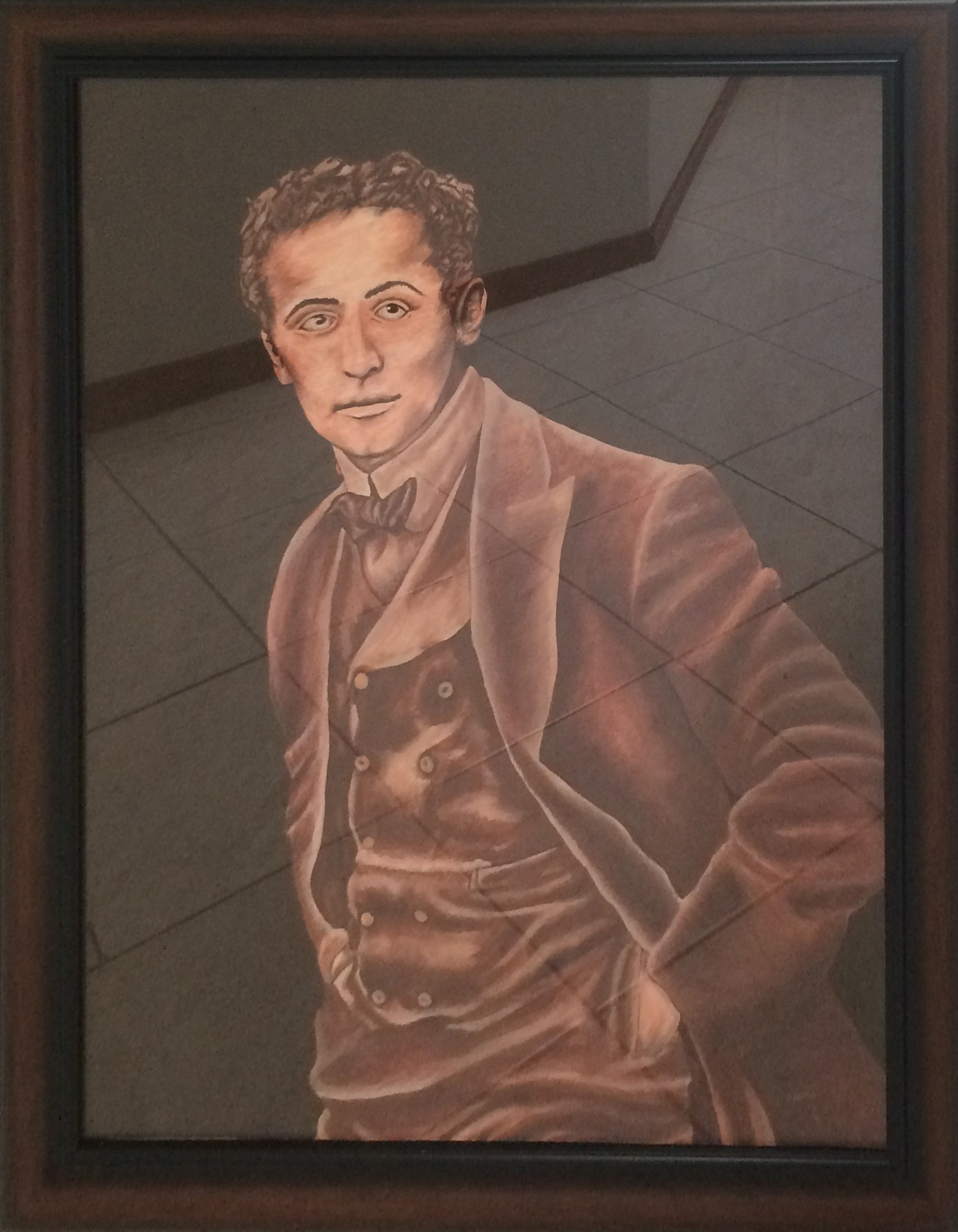
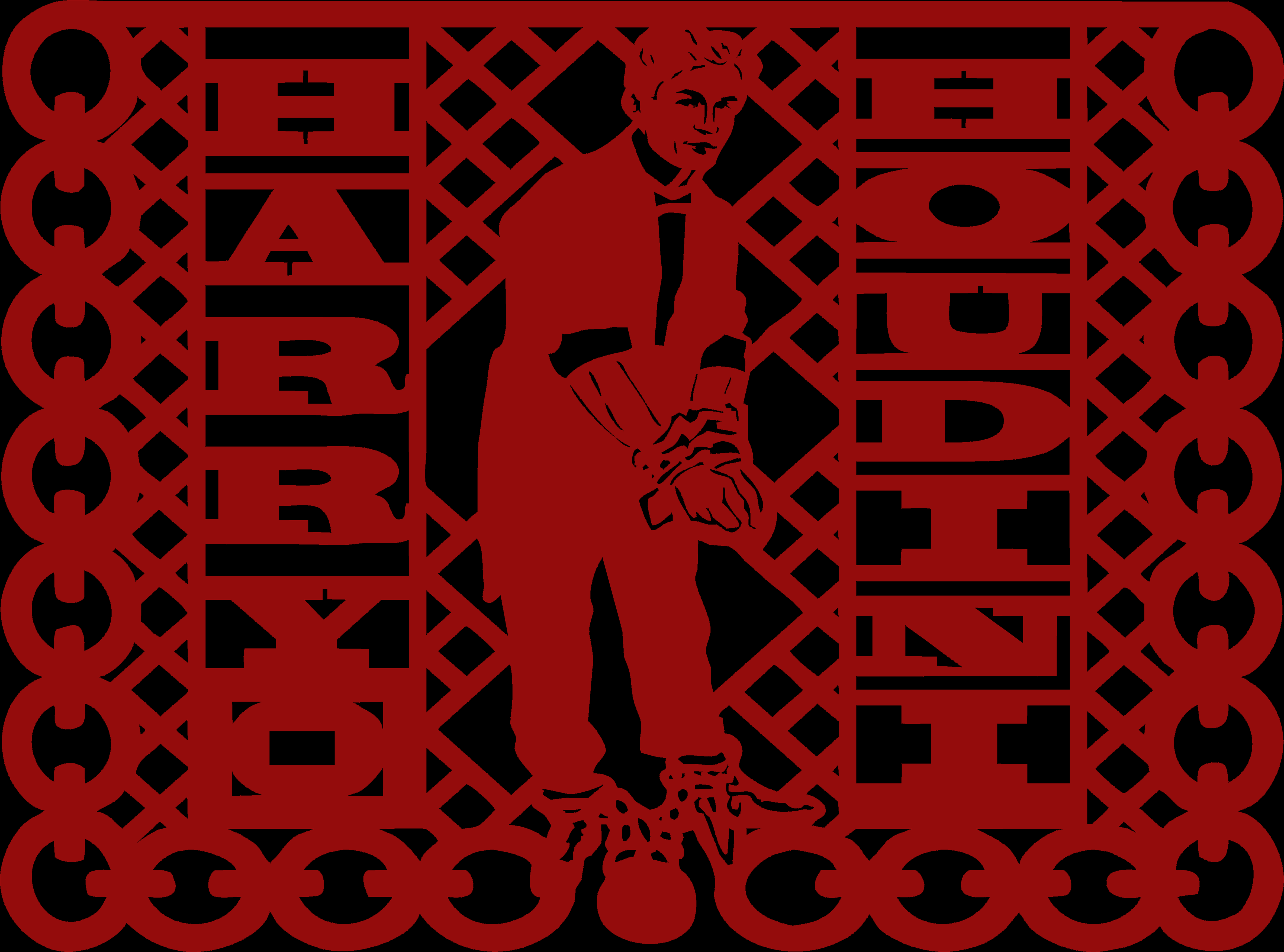
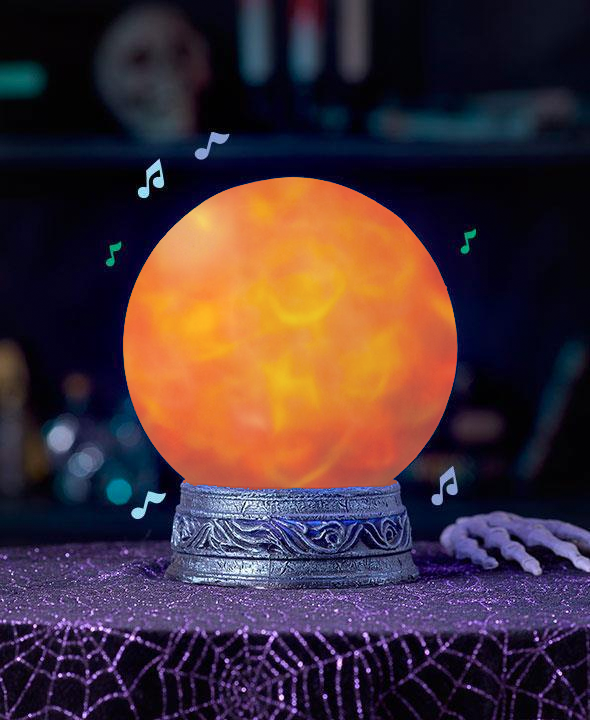
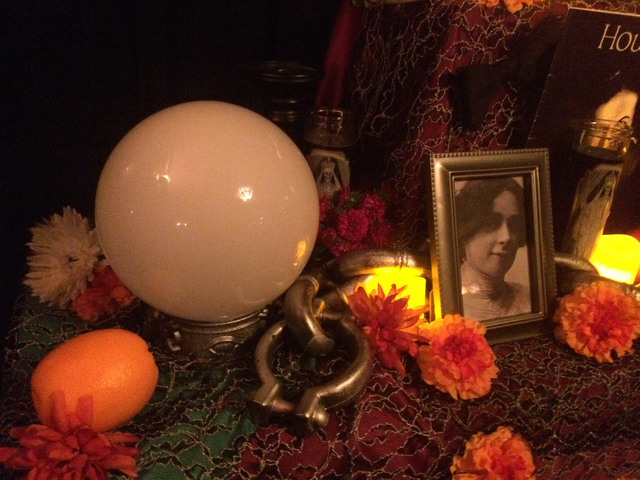

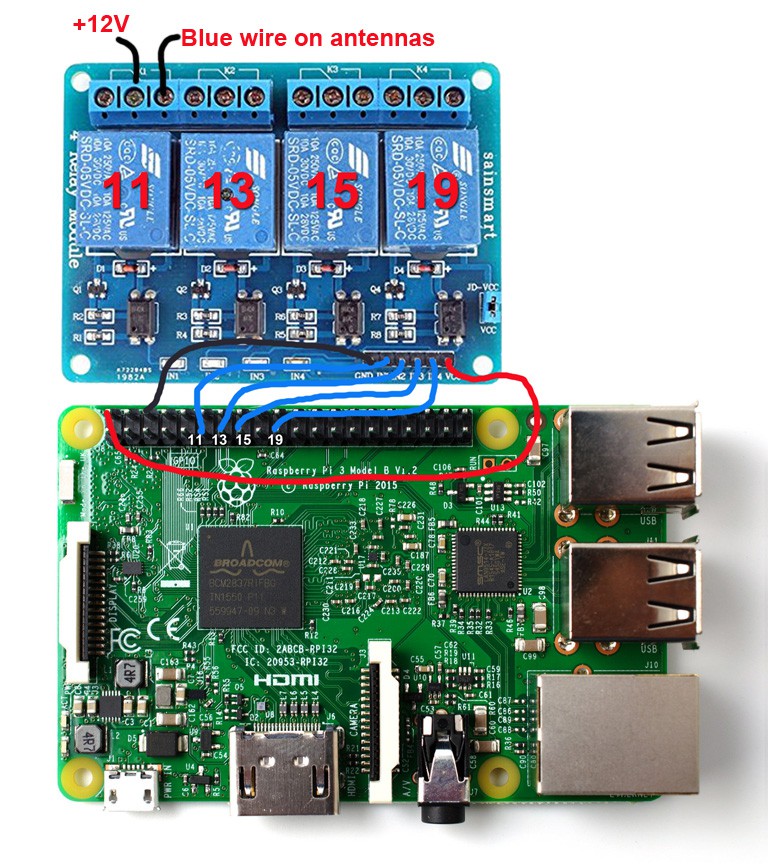
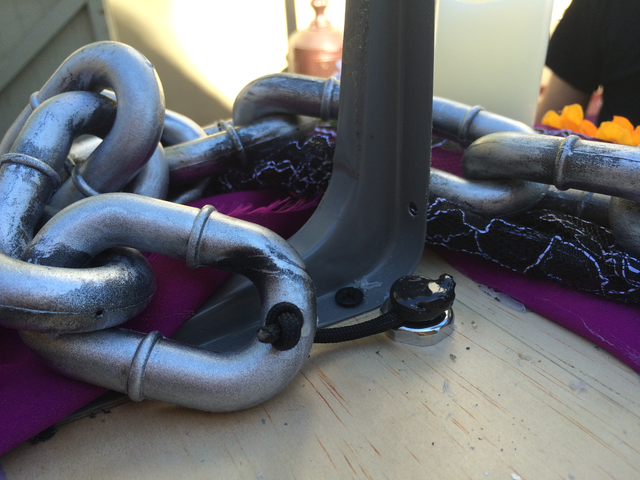
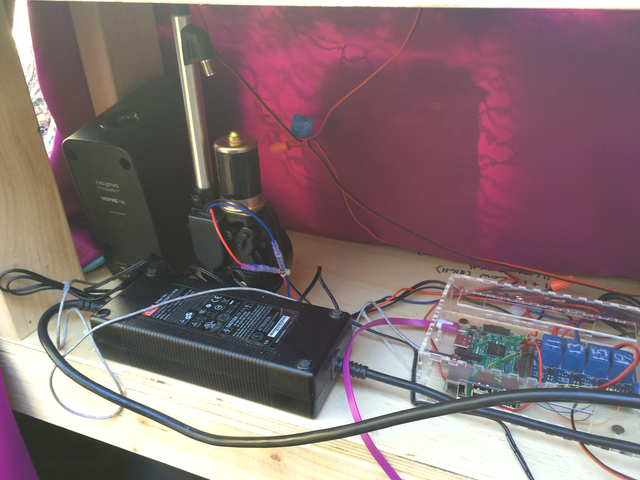

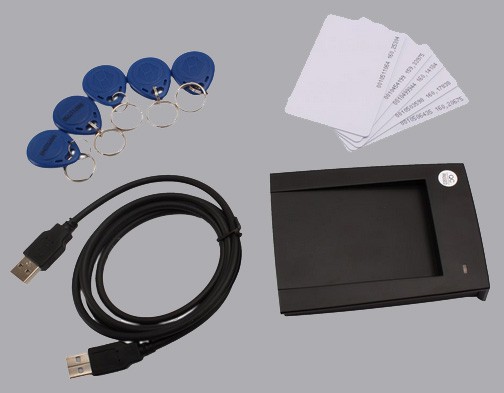
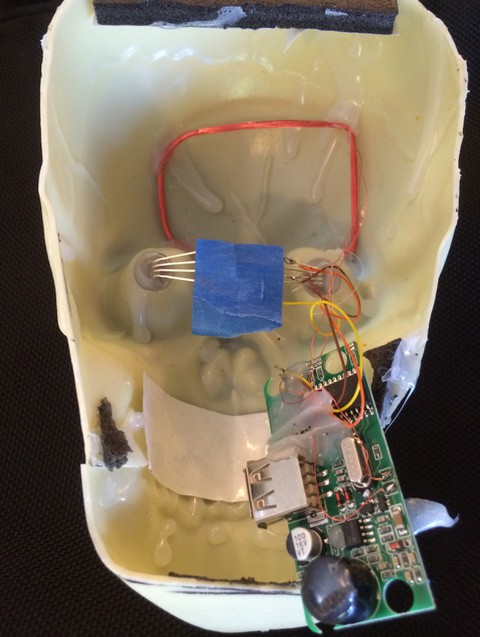
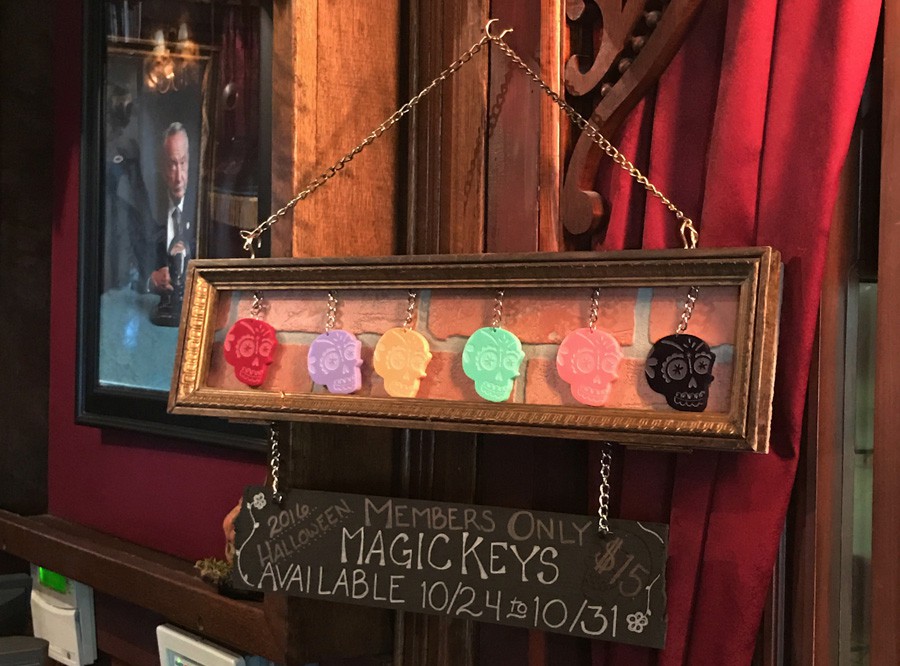

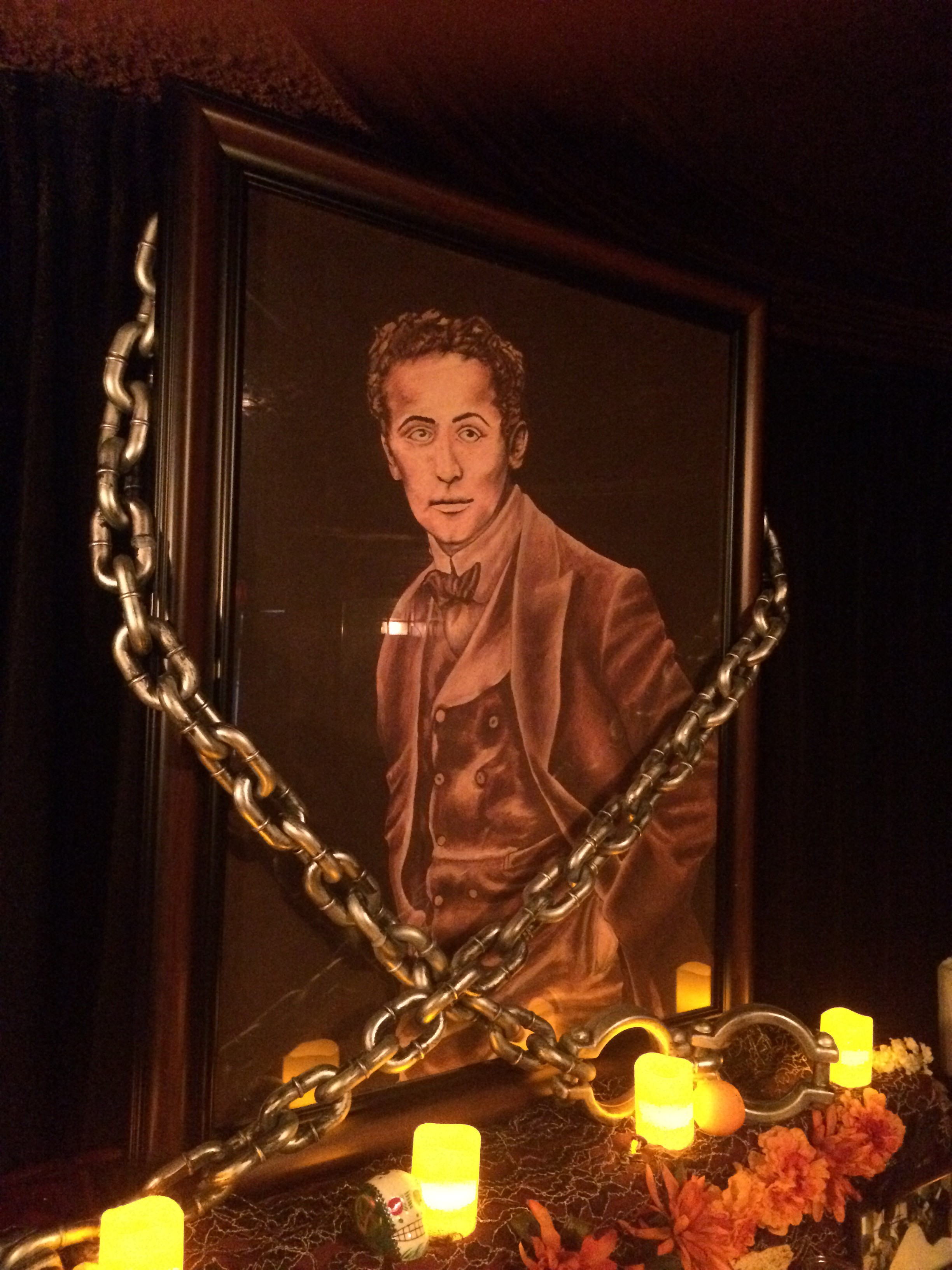
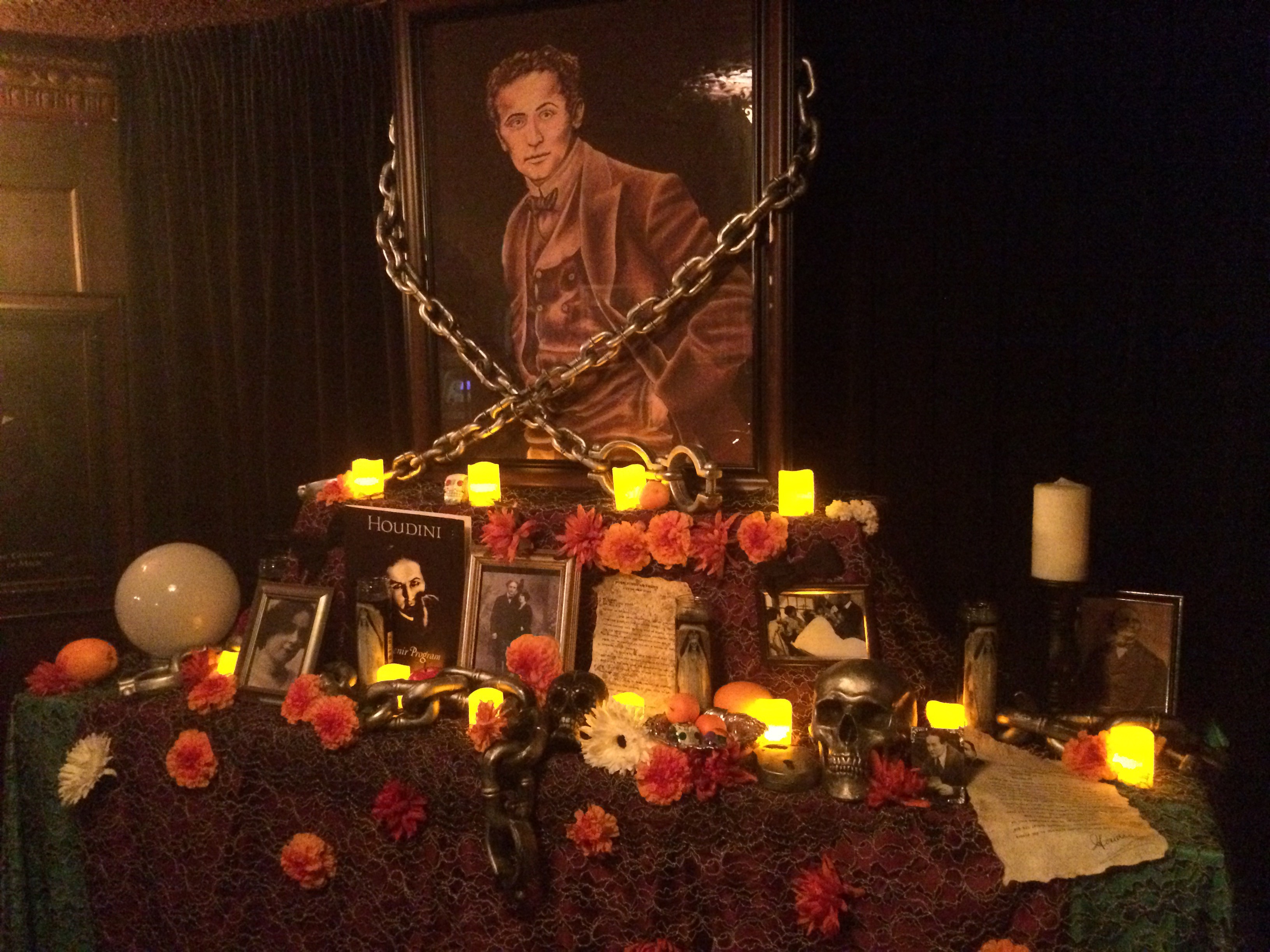
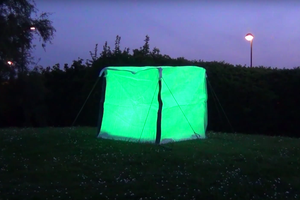
 Charles Yarnold
Charles Yarnold
 Jack Flynn
Jack Flynn
 Richard Julian
Richard Julian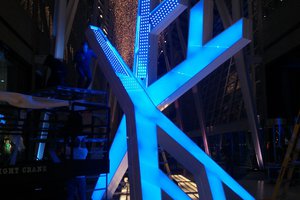
 Nicholas Stedman
Nicholas Stedman